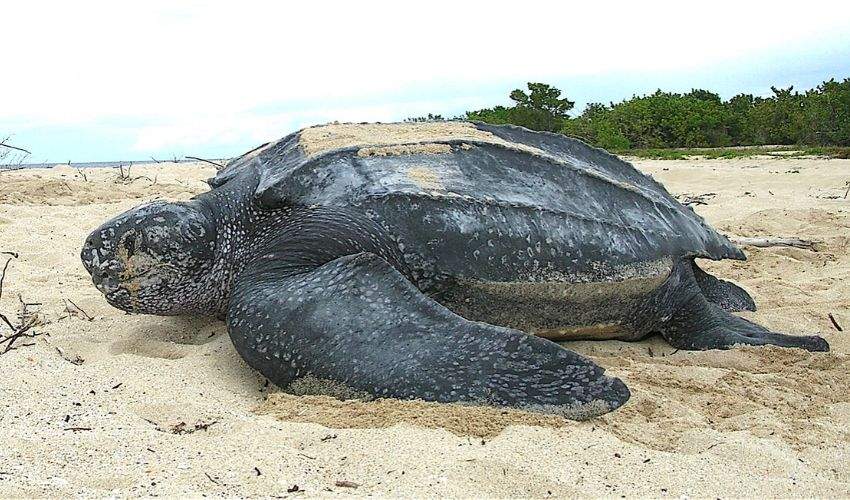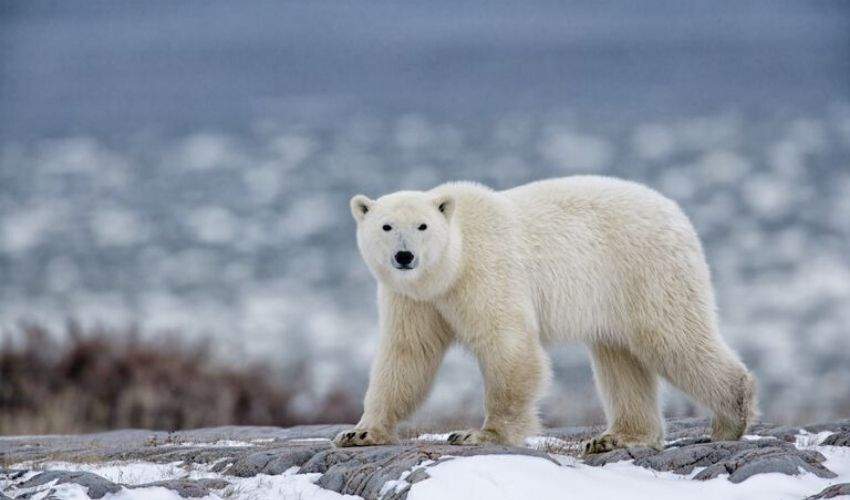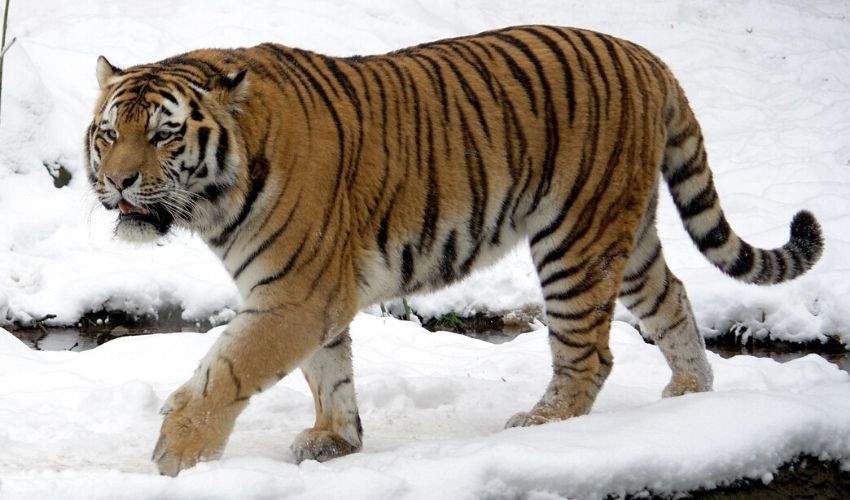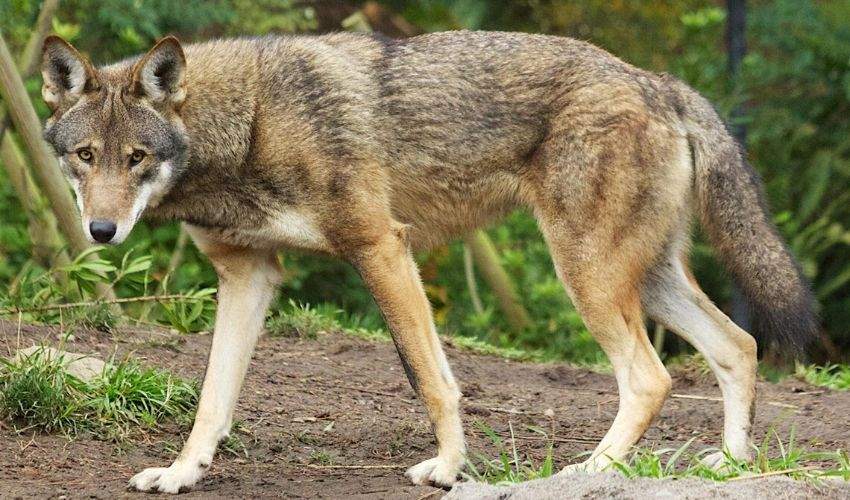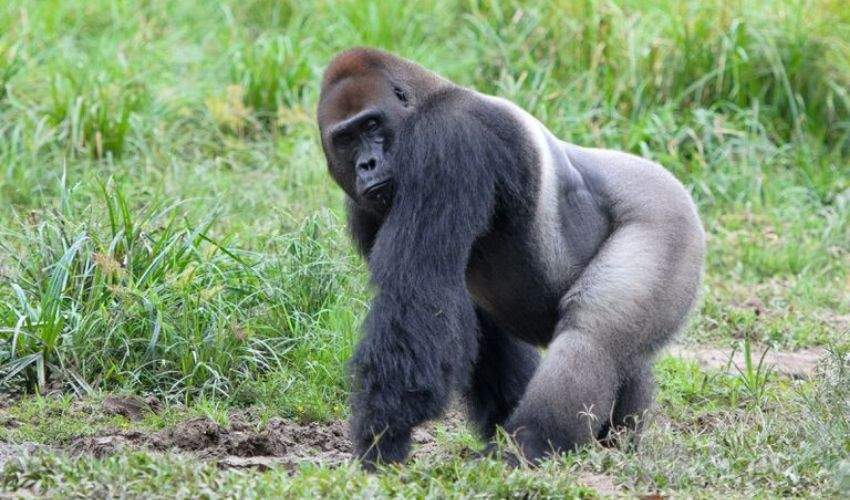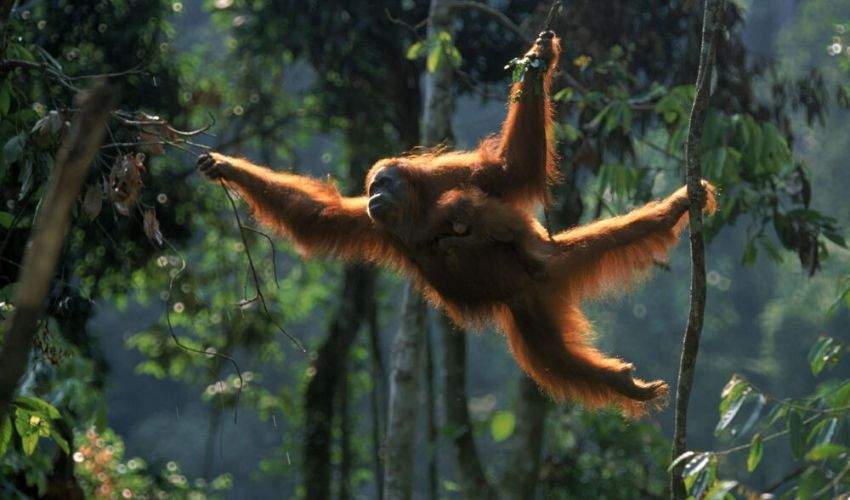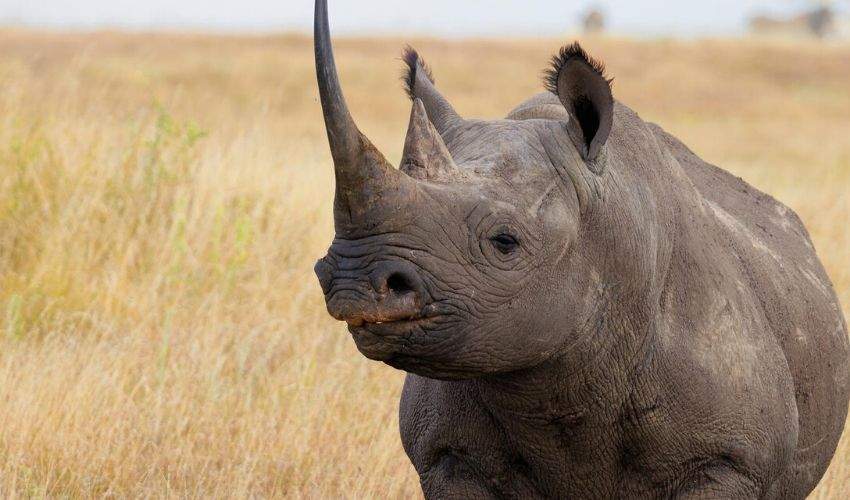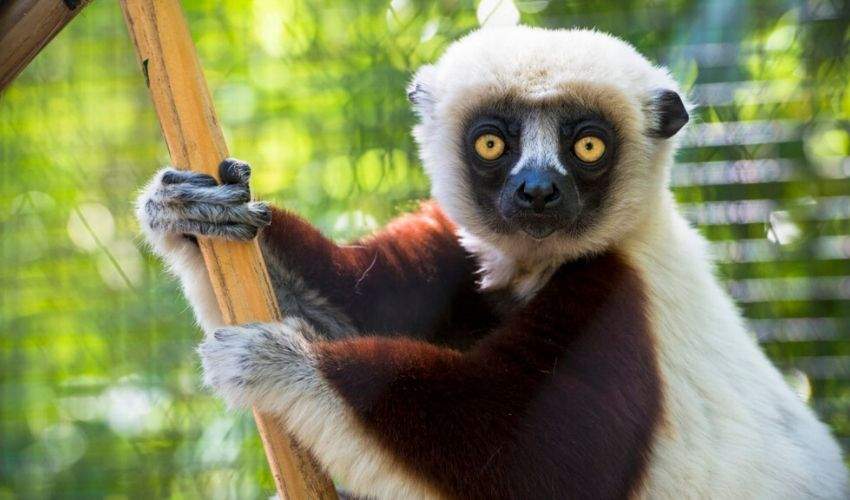In case you don’t know, a countless number of animals are being pushed to the edge of extinction thanks to the rising human population, climate change, habitat destruction, hunting and over-exploitation of wildlife.
Scientists estimate that species have been disappearing at nearly 1,000 times the natural rate, meaning we are losing around 150-200 species every single day.
In this article, we have listed some animals your children may not have the opportunity to see before they go into extinction according to Appropriate Living.
What's in this guide?
Leatherback Turtle
Leatherback turtles are listed as endangered on the Species at Risk List in Canada and are on the Endangered Species List in the United States. It is estimated that there are 34,000 nesting females in the wild (compared to 115,000 nesting females in 1980) and that the greatest threat to this species of sea turtle is by commercial fisheries and marine contamination.
Polar Bear
Some experts estimate that polar bears will be extinct within 100 years. Climate change, loss of habitat and oil development have contributed to their decline. Global warming has done a number on polar bears’ habitats recently. In fact, the World Wide Fund for Nature (or WWF) estimates that there are only 22,000 to 31,000 polar bears left in the world
Also Read: 5 Foods That Damage Your Brain
Siberian Tiger
Siberian tigers are the world’s largest cats. There are an estimated 400 to 500 residing in eastern Russia and the bordering regions.
Red Wolf
The red wolves were on the verge of extinction with only about 17 left some thirty years ago. They had to be placed in captivity to ensure their survival. Since that time, their numbers have risen to about 100 although they still face dangers from deforestation.
Also Read: 5 Reasons To Start Your Day With Ginger
Western Gorilla
Before 2050, experts believe the Western Gorilla population will be reduced by more than 80%. The western lowland gorilla is the most widespread and numerous of the four gorilla subspecies. No accurate estimates of their numbers are possible, as these elusive apes inhabit some of Africa’s densest and most remote rainforests. However, the total population is thought to number up to 100,000 individuals.
Sumatran Orangutan
The population of Sumatran Orangutans have declined more than 80% in the last 75 years. A century ago, there were probably more than 230,000 orangutans in total, but the Bornean orangutan is now estimated at about 104,700 based on an updated geographic range (Endangered) and the Sumatran about 7,500 (Critically Endangered).
Also Read: 8 Daily Habits You Need To Stop Immediately
Black Rhino
Rhinos are one of the oldest groups of mammals, virtually living fossils. As recently as 1970, an estimated 65,000 black rhinos could be found throughout sub-Saharan Africa. But in eastern Africa, 90 percent of them were killed in the 1970s. Now there are fewer than 2,500 left, in pockets in Zimbabwe, South Africa, Kenya, Namibia, and Tanzania.
Sifaka
As of 2008, there were an estimated 250 elderly individuals in life. The Coquerel’s sifaka is in danger of extinction in the wild. These animals suffer from continued habitat loss, as their forest homes are logged for timber and turned into farmland.

